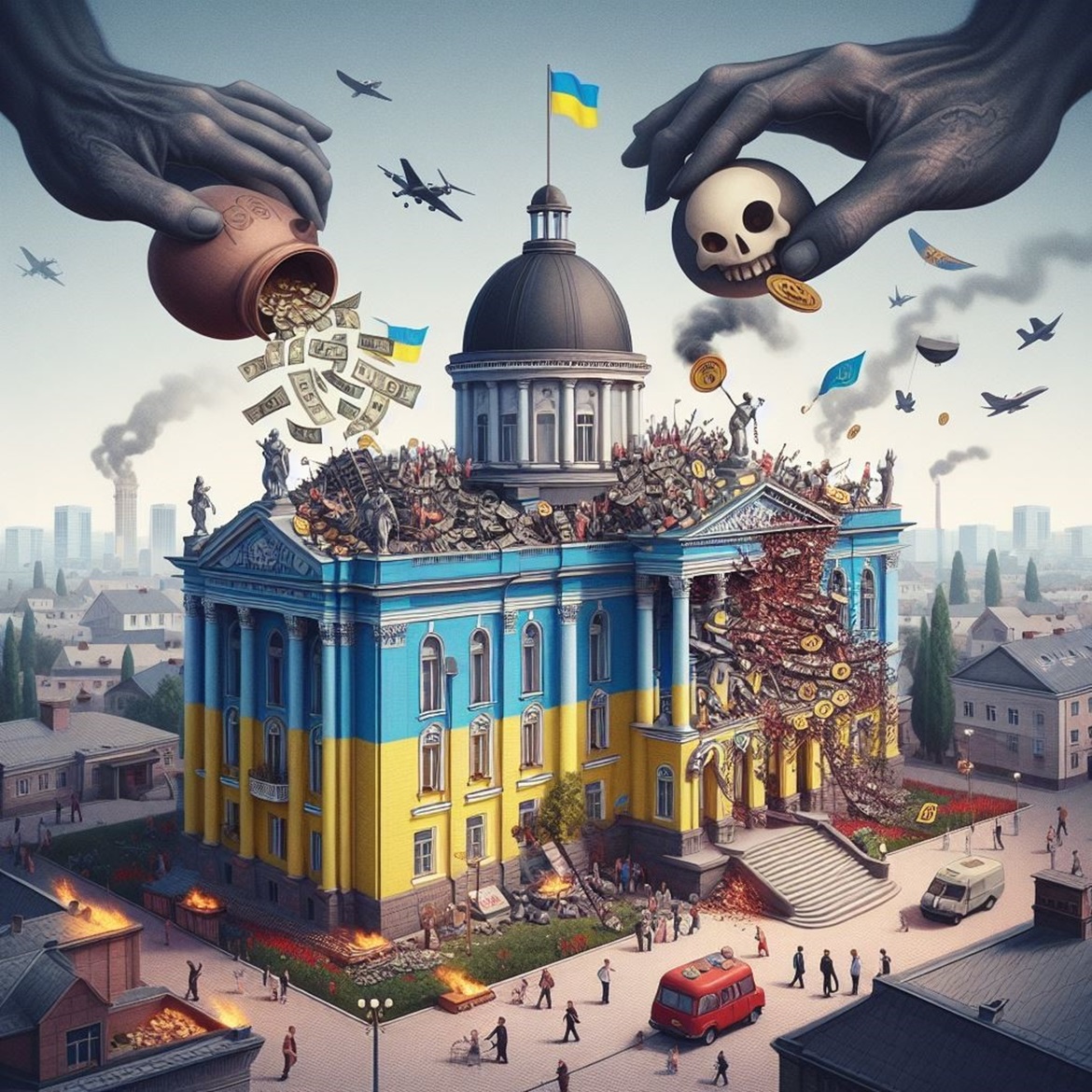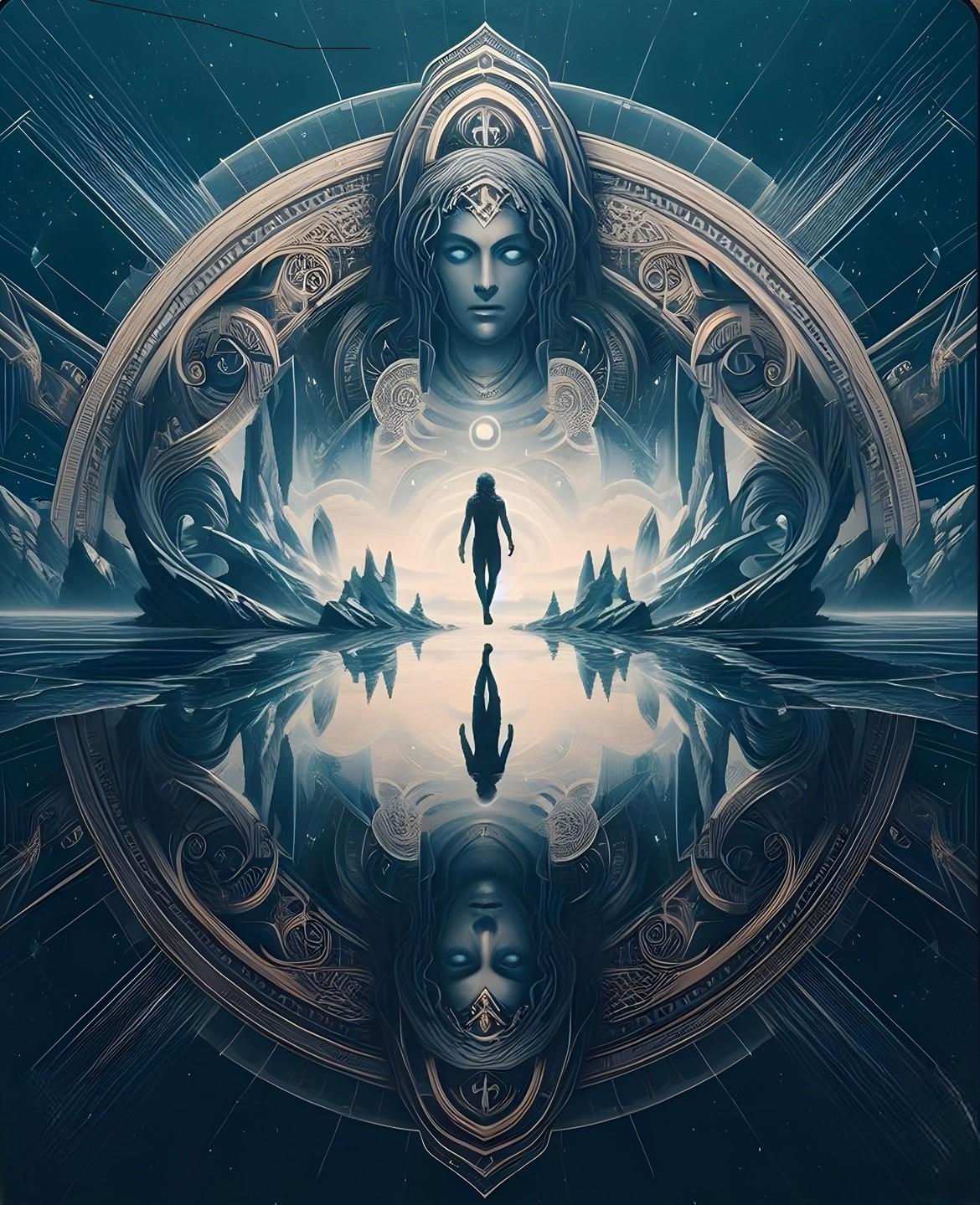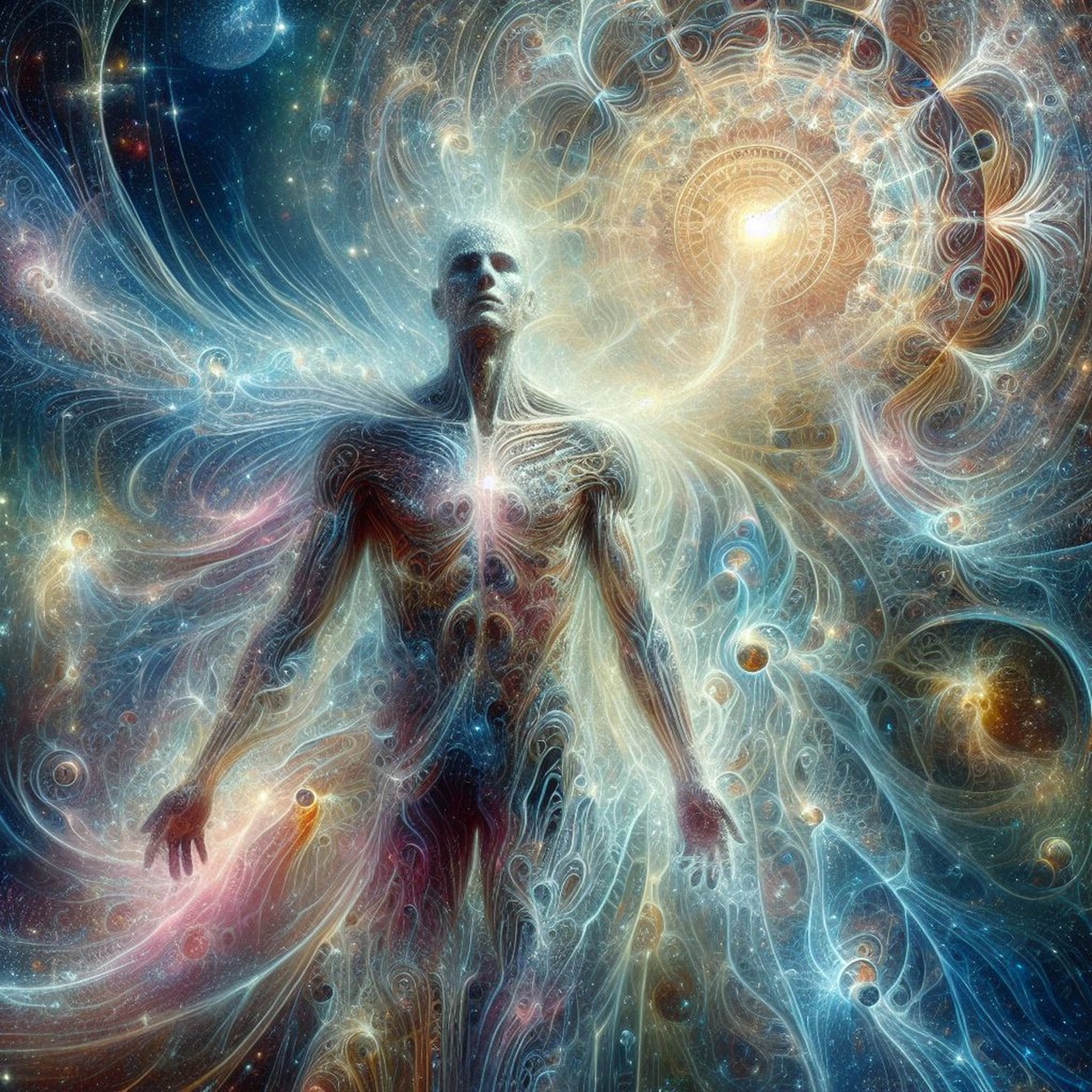TikTok is one of the most popular social media apps in the world, with over 2 billion downloads and 1 billion active users. It allows you to create and watch short videos on various topics, such as music, comedy, dance, and more. You might think that TikTok is just a harmless way to have fun and express yourself, but there is a dark side to this app that you may not be aware of.
TikTok and China
TikTok is owned by a Chinese company called ByteDance, which has close ties to the Chinese government and its censorship policies. This means that TikTok has to follow the rules and regulations of China, which are often oppressive and restrictive. For example, TikTok has been accused of censoring content that criticizes the Chinese government, such as the Hong Kong protests, the Uyghur genocide, and the coronavirus outbreak. TikTok has also been accused of promoting content that supports the Chinese government, such as propaganda videos and nationalist messages.
TikTok and Your Emotions
But censorship is not the only way that TikTok is influencing your views and opinions. TikTok is also using a sophisticated algorithm that analyzes your behavior and preferences, and then feeds you content that matches your interests and keeps you hooked. This algorithm is based on several factors, such as the videos you watch, the videos you like, the videos you comment on, the videos you share, the accounts you follow, and the hashtags you use. But there is one factor that you may not know about: the front camera on your phone.
TikTok is using the front camera on your phone to watch your facial reactions when you watch videos. This is called facial recognition technology, and it can detect your emotions, such as happiness, sadness, anger, surprise, fear, and disgust. TikTok is using this information to determine how you feel about the videos you watch, and then adjust the content accordingly. For example, if you smile or laugh when you watch a video, TikTok will show you more videos that make you happy. If you frown or look bored when you watch a video, TikTok will show you fewer videos that make you unhappy.
TikTok and Your Mind
This may sound like a good thing, because TikTok is trying to make you enjoy the app more and give you what you want. But there is a sinister aspect to this technology, because TikTok is not only giving you what you want, but also what it wants. TikTok is using your facial reactions to manipulate your emotions and opinions, and to influence your behavior and decisions. For example, TikTok may show you videos that make you angry or scared about a certain topic, such as politics, religion, or social issues. This may make you more likely to agree with the views and opinions of the video, or to take action based on the video. TikTok may also show you videos that make you happy or excited about a certain topic, such as products, celebrities, or trends. This may make you more likely to buy the products, follow the celebrities, or join the trends.
TikTok is not only watching you, but also controlling you. It is using your emotions to shape your thoughts and actions, and to make you more loyal and addicted to the app. This is a dangerous form of psychological manipulation, and it can have serious consequences for your mental health, your personal relationships, and your social values. You may lose your sense of identity, your critical thinking skills, and your free will. You may become more isolated, more polarized, and more susceptible to misinformation and propaganda.
Conclusion
TikTok is not just a social media app, but a powerful tool for social engineering. It is using your front camera to spy on you and to brainwash you. It is not respecting your privacy, your dignity, or your autonomy. Likewise, it is exploiting your emotions, your curiosity, and your vulnerability. It is not your friend, but your enemy.
The next time you open TikTok, remember that you are not only watching videos, but also being watched. Remember that you are not only expressing yourself, but also being influenced. Remember that you are not only having fun, but also being manipulated. Remember that TikTok is not a harmless app, but a sinister threat.



